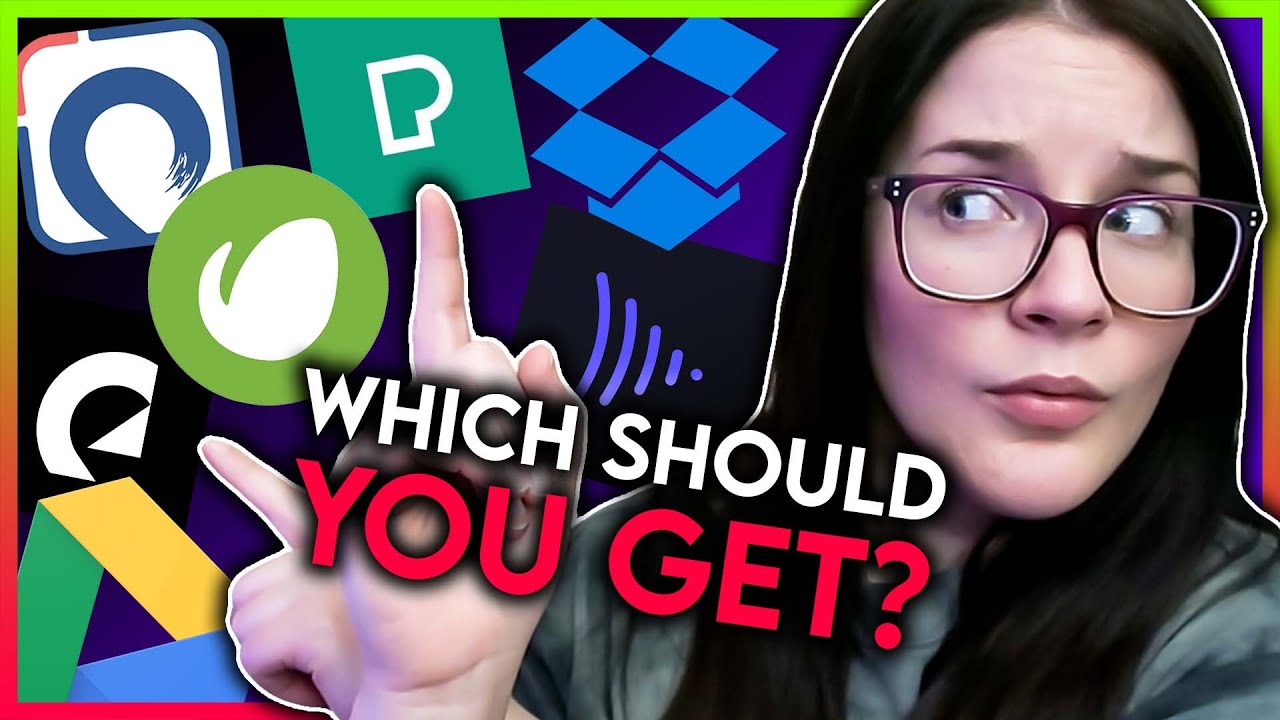Storyblocks is a popular provider of stock media that offers a treasure trove of video clips, audio files, and images for creators looking to enhance their projects. Founded with the mission to empower creators with affordable visuals and sounds, Storyblocks has positioned itself as a go-to resource for filmmakers, video editors, and content creators alike. With an expansive collection of over a million assets, subscribers can easily find what they need to bring their ideas to life.
One of the standout features of Storyblocks is its subscription-based model, which allows users unlimited downloads from its vast library. This flexibility makes it an attractive option for those who frequently engage in multimedia projects. Whether you're crafting a social media video, a promotional clip, or a presentation, you'll find that Storyblocks has something to suit your needs.
Using content from Storyblocks can significantly elevate the quality of your work. However, it's crucial to give proper credit when incorporating their assets into your projects. In the sections that follow, we'll delve into the importance of acknowledging Storyblocks and how to navigate their licensing agreements.
Understanding Licensing Agreements

When it comes to using content from Storyblocks, understanding licensing agreements is paramount. Licensing agreements outline the rules and permissions associated with the use of each asset, determining how you can utilize, share, and distribute the content. Storyblocks primarily operates under two types of licenses: the Standard License and the Enhanced License. Let's break these down further.
1. Standard License: This license is suitable for most personal and professional projects. It typically allows unlimited downloads with a few important restrictions:
- Assets can't be sold or redistributed on their own.
- Usage in items for resale is limited, such as templates or merchandise.
- Modifications can be made, but the original asset must remain recognizable.
2. Enhanced License: If your project has specific needs or you plan to use the assets in a manner that goes beyond the Standard License, you may require an Enhanced License. This license provides additional permissions, such as:
- Broader distribution rights, including advertising.
- The ability to use assets in items for resale, like merchandise.
- Extended use in high-visibility projects.
It's essential to read the licensing terms carefully to ensure compliance and avoid potential legal issues. Both licenses can allow for creativity and innovation in your projects, but remember the importance of crediting Storyblocks as the source of your content. Proper attribution demonstrates professionalism and respect for the creators behind these incredible assets.
Also Read This: How to Make Dailymotion Video Public Step-by-Step Guide on Dailymotion
3. Necessary Attribution Practices

When it comes to using content from Storyblocks, understanding how to properly credit it is essential. Attribution not only respects the creators' rights, but it also ensures you comply with community standards and legal requirements.
The first step in proper attribution is to identify the type of content you are using. Storyblocks offers a variety of media including images, videos, sound effects, and more. Each type may have its own attribution requirements, so it’s crucial to check the specific guidelines associated with the content you're utilizing.
Here are some necessary attribution practices to keep in mind:
- Include the Creator's Name: Always mention the name or username of the creator if available. This gives credit where credit is due.
- Specify the Source: Clearly indicate that the content is sourced from Storyblocks. This helps others find the original material and acknowledges the platform's role in your creative work.
- Link Back: If you are publishing your work online, include a hyperlink to the Storyblocks website. This not only provides transparency but also directs traffic to Storyblocks.
- Follow the Format: Use the recommended attribution format provided by Storyblocks, which usually includes the creator’s name, the title of the work, and a link to the source.
By adhering to these practices, you'll cultivate a community of respect and encourage a healthier creative environment!
Also Read This: How to Increase Image Ratings in BSG
4. Examples of Proper Credit for Storyblocks Content
Giving proper credit to Storyblocks content doesn’t have to be a complicated process. In fact, it's quite simple once you know what to do! Below are some practical examples of how to credit different types of content that you might be using from Storyblocks.
Let’s break it down:
| Type of Content | Example of Proper Credit |
|---|---|
| Video | “Video Title” by Creator Name via Storyblocks (link) |
| Image | “Image Title” by Creator Name from Storyblocks (link) |
| Audio/Sound Effect | “Sound Title” by Creator Name, courtesy of Storyblocks (link) |
Each of these examples provides clear attribution to both the creator and Storyblocks, ensuring a standardized format that others can understand. Make it a habit to follow this pattern in your work, and you’ll be contributing to a respectful creative landscape.
Also Read This: Resizing Images Without Losing Quality
Common Mistakes to Avoid in Crediting
When using content from Storyblocks, it's essential to understand the proper way to credit the work to avoid any legal issues or ethical concerns. Here are some common mistakes to steer clear of when crediting:
- Neglecting to Include Attribution: One of the biggest mistakes is forgetting to provide any attribution at all. Whether in a video, blog post, or social media, always include proper credit.
- Inaccurate Information: Double-check that you're providing the correct name of the creator and the source. Mistakes can lead to misunderstandings and a lack of trust.
- Misplacing Credit: It's not enough to just mention the credit somewhere in your content. Make sure it’s clearly visible and not buried in a sea of text. Position it prominently.
- Using Outdated or Wrong Links: If you include a URL in your credit, ensure that it's up-to-date and directs viewers to the correct page. Broken or incorrect links can confuse your audience.
- Overlooking License Terms: Make sure to read the license agreement for the specific content you’re using. Each piece might have different requirements for crediting.
- Not Personalizing Credit: If you’re including multiple Storyblocks creators in your content, customize each credit rather than using a generic line.
Being aware of these common pitfalls not only shows respect for the original creators but also helps you maintain the integrity of your work.
Also Read This: How to Create a Big Mouth Hippo Fun Crafts Tutorial on Dailymotion
Benefits of Proper Attribution
Properly crediting sources like Storyblocks is not just a legal obligation; it's a practice that brings numerous benefits to your work and your reputation. Here are some of the key advantages:
- Builds Trust: When you give credit where it’s due, it fosters a sense of trust between you and your audience. They see you as credible and ethical.
- Enhances Your Credibility: Citing your sources can elevate your standing in your field. It shows you conduct thorough research and respect creators’ rights.
- Encourages Collaboration: By acknowledging other creators, you're more likely to open doors for networking and collaboration opportunities in the future.
- Supports Original Creators: Proper attribution helps sustain the creative ecosystem. When audiences recognize credits, they may seek out the creators, driving traffic and exposure.
- Legal Protection: Following the rules for crediting can protect you from potential copyright infringement claims, allowing you to focus on your creative work without legal worries.
- Improves SEO: Properly linking back to Storyblocks or any content creators can enhance your SEO by establishing relationships between your content and theirs.
Ultimately, taking the time to credit your sources properly is beneficial for everyone involved. It cultivates respect in the creative community and enriches your own work in the process.
How to Properly Credit Storyblocks When Using Their Content in Your Work
When integrating content from Storyblocks into your projects, it's crucial to follow proper crediting etiquette to respect copyright laws and the rights of creators. Storyblocks offers a range of assets, including videos, images, and audio. Here’s how to appropriately credit their content in your work:
First and foremost, understand the licensing agreements associated with the specific content you are using. Storyblocks typically provides content under a royalty-free license, but it still requires attribution in some cases.
Steps to Credit Storyblocks Content
- Check the License Agreement: Before using any asset, review Storyblocks' licensing terms to understand if attribution is required.
- Gather the Necessary Information: Note the title of the asset, the creator's name, and a link to the original source if applicable.
- Format Your Credit: Generally, a credit should include the following:
- Asset Title (Italicized)
- Creator's Name (Bold)
- Source: Storyblocks
- Add the Credit to Your Work: Place the credit near the content you’ve used, either in a credits section or directly on the asset if required.
Example of Proper Credit
A Beautiful Sunset by John Doe, Source: Storyblocks
Best Practices
| Practice | Description |
|---|---|
| Be Transparent | Always credit the creator and source to maintain transparency. |
| Stay Updated | Regularly check for any updates in Storyblocks’ licensing policies. |
| Keep It Visible | Ensure that your credits are easily visible to your audience. |
In conclusion, proper crediting of Storyblocks content not only demonstrates professionalism but also builds a respectful relationship with creators. By following these guidelines, you ensure that you are compliant with licensing terms while enhancing your work with high-quality resources.
 admin
admin








